I wonder if everyone who carries a concealed pistol goes through the same mental evolution? When I started to carry, I had a subconscious fear that my gun would go off inadvertently while carrying. While I thought about carrying with an empty chamber, I never went quite that far as I recognized that chambering a round in the heat of a self-defense encounter was not a realistic recipe for success. However, I was big on carrying a gun with a manual “safety” of sorts. At the time, my choice was a Beretta 92 FS. I just couldn’t wrap my logical brain around the idea of carrying a gun where a simple trigger movement was all it took to fire a shot.
Of course, with experience, I realized that modern pistols are perfectly safe to carry, with or without a manual safety lever. Whether one prefers an external safety on a pistol is a classic apples and oranges decision. Neither is right nor wrong; they’re just different.
So, what are the mechanical safety choices on the market for today’s concealed carrier? More importantly, what are some pros and cons? Let’s take a look.
Single-Action Safety
The classic example of a true safety lies with the 1911 pistol. I would describe this design as a “hard” safety. When you engage it, by flipping the frame-mounted lever up, it locks everything. The trigger won’t move. Nor will the slide. The gun is essentially inoperable for both firing and administrative actions like chambering a round.
To me, this design represents the definition of manual operation that relies on the care and good habits of the user, kind of like a manual transmission in a car. You have absolute control, but you have to know what you’re doing to run it effectively. From a concealed carry point of view, it’s up to you to train to disengage it at the right time. Just as important, it’s up to you to train to re-engage at the appropriate time – especially before re-holstering.
Striker-Fired Safety
Over the past couple of years, we’ve seen a growing number of previously “pure” striker-fired pistols that have added safety-equipped models to their lineup. For example, the new Smith & Wesson M&P 2.0 models offer a variant with a manual safety option. With most, you will notice a difference in the trigger press sensation. Sticking with our example case, the striker-fired M&P 2.0 model I have has a five-pound pull weight with about ½-inch of take-up followed by ¼ of an inch of constant pressure to the break. I also had a manual safety version of the same pistol in for review. The pull weight was heavier at six pounds and there was a detectable slightly gritty “shelf” during the final quarter inch of movement owing to the safety mechanism. Adding a separate safety to a pistol not originally designed for one carries a small cost in this case.
Read the rest: Which Mechanical Gun Safety is Right for Concealed Carry?


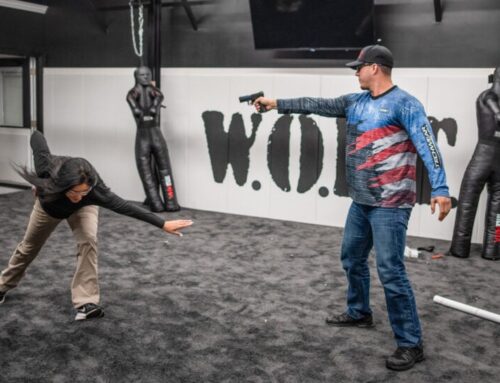
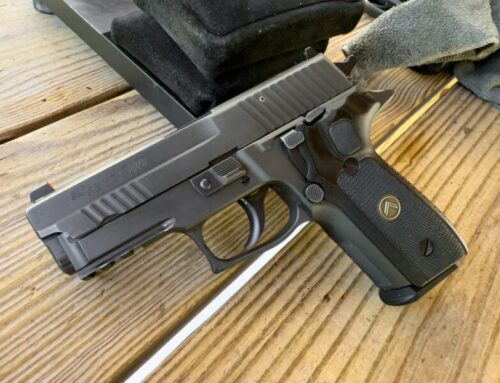
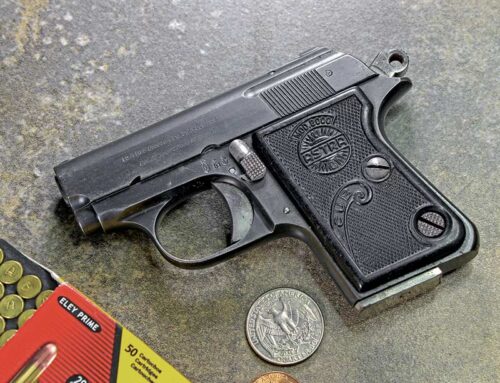
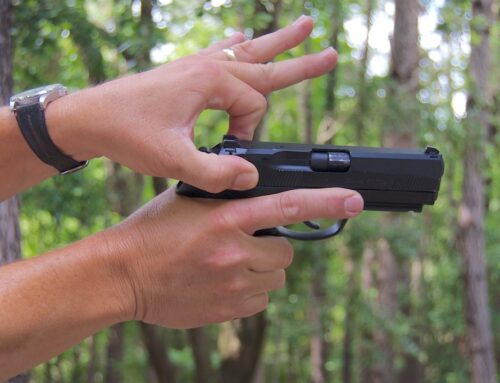
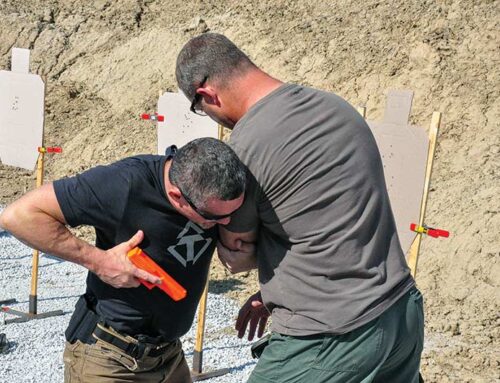
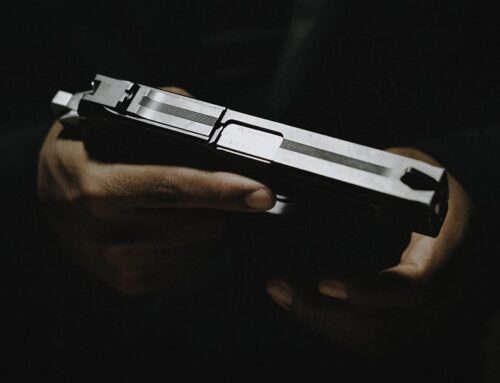
Leave A Comment